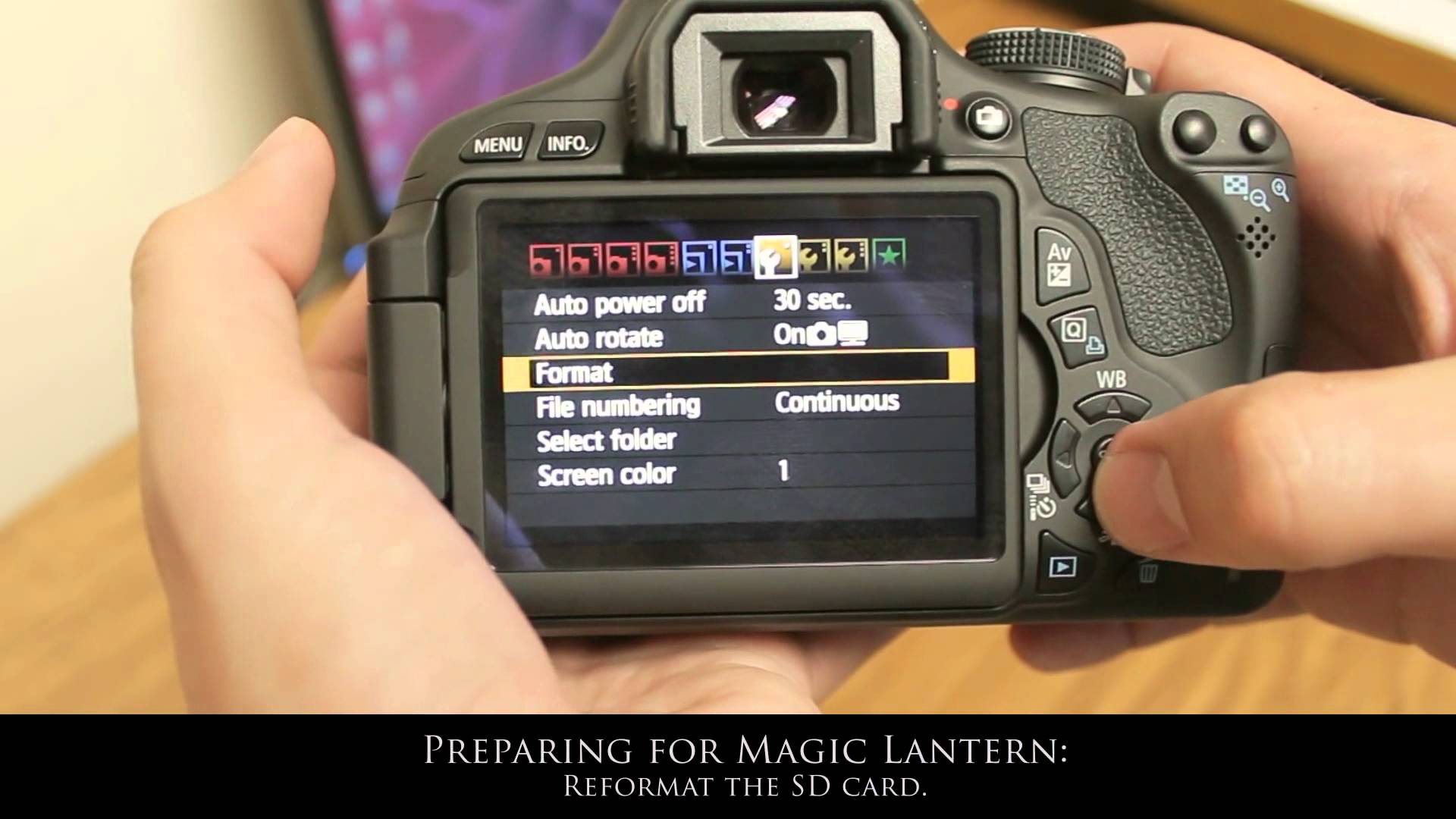
The fundamental difference is that while in the traditional methods (FoCal etc.) you keep re-focusing your lens and then measure the contrast, in Dot-tune you never re-focus your lens (it always stays in the perfectly focussed state), and only modify a constant (MFA) in the camera algorithm to bring the phase-detect AF system of the camera in sync with the contrast-detect (Live View) AF. Instead of the traditional approach, where you (1) set a trial value of MFA, and then (2) take a shot of a target, and (3) analyse the shot (measure its sharpness on a laptop, which in practice means measure the contrast of the black and white target), and (4) keep repeating the above until you found an MFA (usually a range of MFA) were you consistently get the sharpest image, the Dot-tune does in a sense the opposite:ġ) You do whatever you want to make sure the target is in perfect focus - using Live View, and either MF or contrast detect AF.Ĥ) Half-press the shutter, and record if there was a reliable AF confirm (beep + steady LED light in the viewfinder)ĥ) Repeat steps 3-4 for all values of MFA (-20.20) - the testing is so fast, plus no shutter is ever triggered, so no reason to skip MFA values.Ħ) Once you identified the good MFA interval, take the middle of that interval as your best MFA estimate. The method is free, requires no changes to camera, no laptop, no software. The very well done video description of this method can be found here: As I already commented in another (FoCal) thread, there is a new method (and very different from the traditional ones) to do MFA calibration of your lenses.



I think this now deserves a separate thread.


 0 kommentar(er)
0 kommentar(er)
